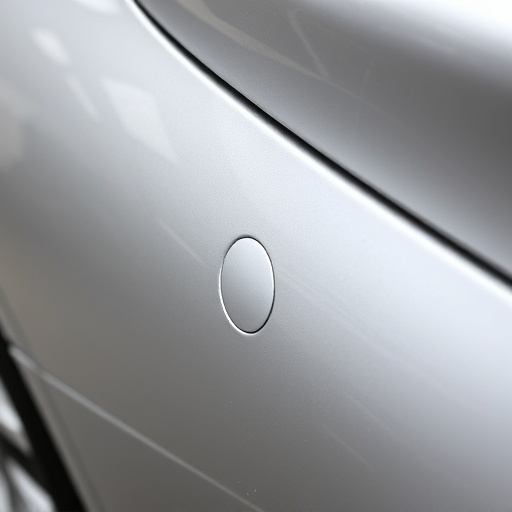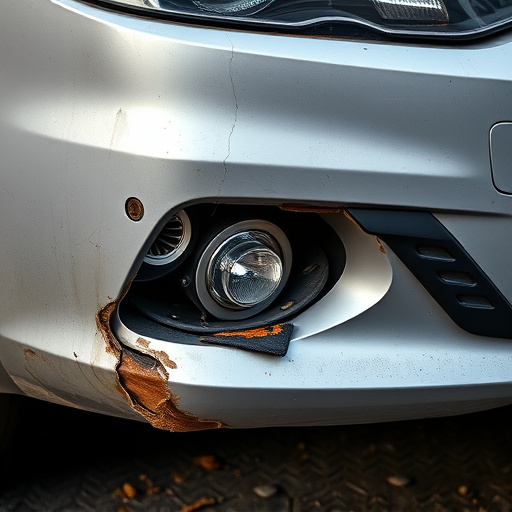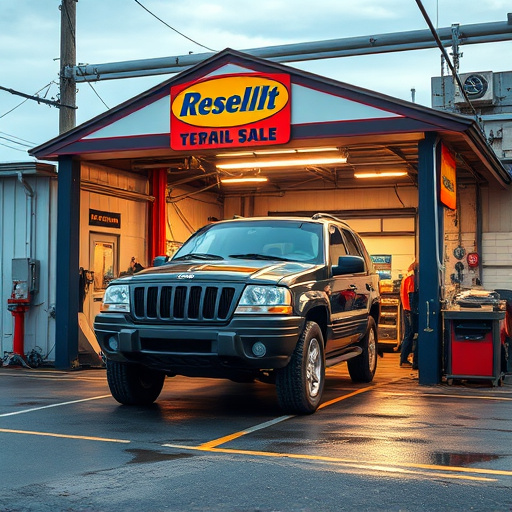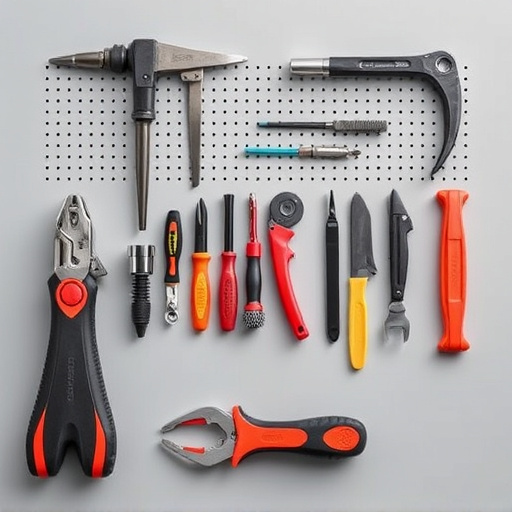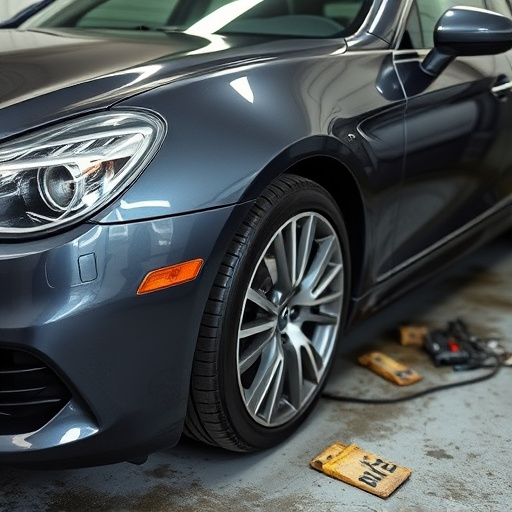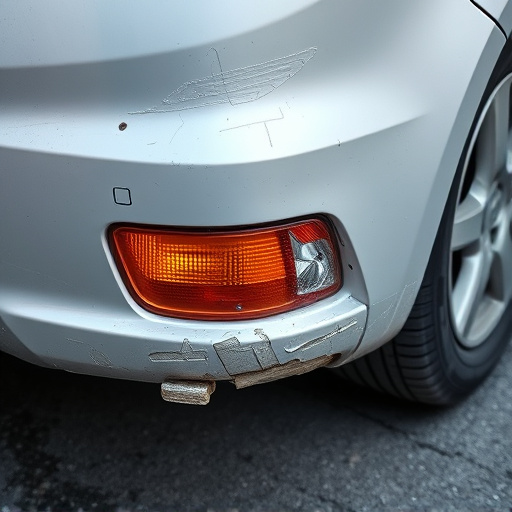Before operating a hydraulic frame machine, perform a pre-use inspection checklist including visual damage checks, safety guard security, hydraulic fluid levels, and emergency stop mechanism functionality. Regular maintenance involving fluid level testing, contamination checks, filter condition verification, and pressure gauge accuracy is vital for safe, effective use in restoration projects adhering to manufacturer guidelines and industry standards.
Before operating any hydraulic frame machine, thorough safety checks are essential. This comprehensive guide outlines a pre-use inspection checklist, highlighting critical components and ensuring optimal performance and operator safety. Discover the essential safety features designed into these machines and learn about regular maintenance checks to prevent accidents and prolong equipment lifespan. Optimize your workplace safety with these vital practices for handling hydraulic frame machinery.
- Pre-Use Inspection Checklist for Hydraulic Frame Machines
- Essential Safety Features of Hydraulic Frame Machinery
- Common Hydraulic Frame Machine Maintenance Checks
Pre-Use Inspection Checklist for Hydraulic Frame Machines
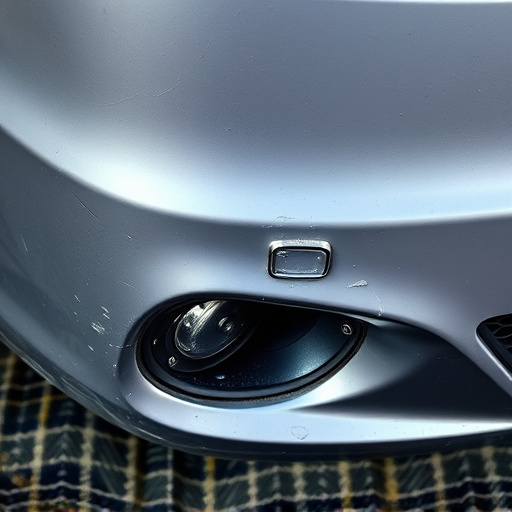
Before operating a hydraulic frame machine—a crucial piece of equipment in paintless dent repair and vehicle restoration—a comprehensive pre-use inspection checklist should be followed to ensure safety and optimal performance. This meticulous process includes checking the machine’s structural integrity, fluid levels, and mechanical functionality.
The checklist begins with visually inspecting the machine for any signs of damage or wear. This involves examining the frame, hinges, and support components for cracks, deformities, or loose parts. Next, verify that all safety guards, covers, and protective gear are securely in place. Check the hydraulic fluid levels; ensure they’re within the recommended range to avoid over- or under-lubrication, which could compromise the machine’s operation and safety. Additionally, test the emergency stop mechanism, ensuring it functions promptly for immediate response during unexpected situations. For auto repair near me professionals, adhering to this pre-use inspection routine is paramount to guarantee safe and effective use of hydraulic frame machines in various vehicle restoration projects.
Essential Safety Features of Hydraulic Frame Machinery
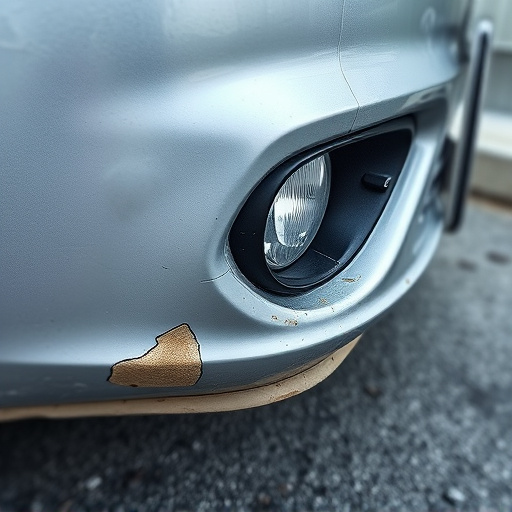
Hydraulic frame machinery is a powerful tool designed for heavy-duty tasks, making it an indispensable asset in various industries, from automotive repairs to construction sites. These machines are equipped with several essential safety features that safeguard operators and bystanders alike. One of the primary safeguards is the emergency stop mechanism, which allows quick shutdowns in case of unforeseen situations, preventing potential harm. Additionally, hydraulic frame machines often incorporate advanced sensors and alarms that detect anomalies in pressure or fluid levels, issuing warnings to prevent catastrophic failures.
Moreover, these machines’ robust construction ensures durability and stability during operation. Sturdy frames and secure attachment points minimize the risk of collapse or displacement, which is crucial for tasks involving heavy metal fabrication, such as vehicle repair, bumper repair, or fender repair. Regular maintenance and inspection are also vital to ensure these safety features remain operational, highlighting the importance of adhering to manufacturer guidelines and industry standards.
Common Hydraulic Frame Machine Maintenance Checks
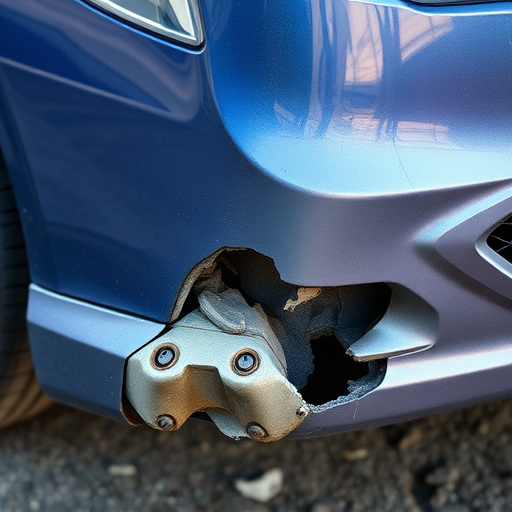
Before operating a hydraulic frame machine—a crucial piece of equipment in various industries, from automotive body work to car body repair—several maintenance checks must be performed. These routine inspections ensure optimal performance and safety during operation. Firstly, inspect all hydraulic fluid levels; checking for any leaks or signs of contamination is essential. Topping up as needed with the recommended hydraulic oil ensures the machine’s efficiency and longevity.
Additionally, verify the condition of filters to prevent blockages that could disrupt the hydraulic system. Regular checks on pressure gauges and control valves are also vital, ensuring they function accurately. In auto body repairs, for instance, precise measurements and adjustments by these components directly impact the quality of work. Any anomalies should prompt further evaluation by qualified technicians to address potential issues before use.
Before operating any hydraulic frame machine, a thorough understanding and adherence to safety protocols are essential. By following the provided pre-use inspection checklist, regularly performing maintenance checks, and recognizing critical safety features, operators can minimize risks significantly. Regular upkeep and diligent safety measures ensure that these powerful machines remain reliable workhorses, contributing to efficient and secure operations in various industries that rely on hydraulic frame machinery.

